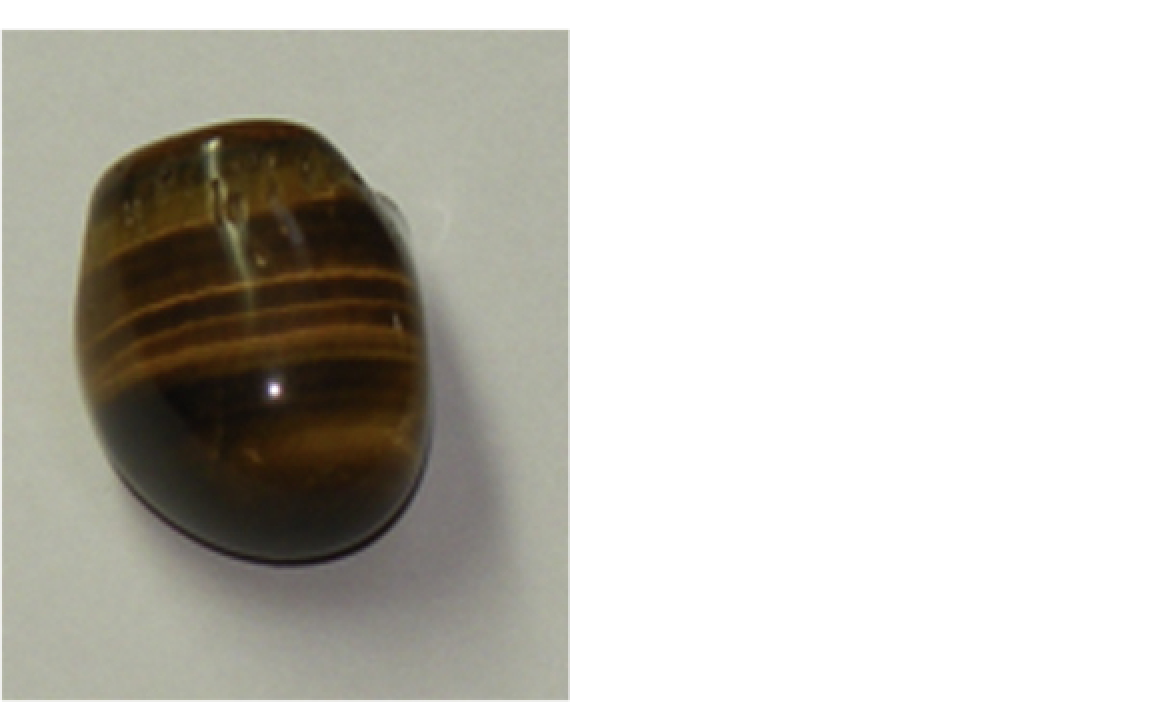Biomedical Engineering Reference
In-Depth Information
of each particle with volume
V
can be written
as
[52]
:
I
S
=
K
2
I
I
V
2
λ
4
R
2
,
(11.1)
where
K
is a dimensionless constant that
depends on the refractive index of the particle,
I
i
is the excitation intensity (incident light inten-
sity),
λ
is the wavelength of light in vacuum or
free space, and the particle has been assumed
to be spherical. This expression shows that
I
s
/
I
i
∼
1/
λ
4
or
I
s
/
I
i
∼
f
4
, i.e., the scattered inten-
sity is directly proportional to the fourth power
of the frequency
f
. In addition, Rayleigh scat-
tering is of the elastic kind, which means that
the scattered light has the same frequency as
the incident light. Finally, Rayleigh scattering
depends on the direction of incidence in rela-
tion to the shape and orientation of the particle
and therefore is anisotropic. Hence, as shown
in
Figure 11.5
, different colors are observed in
light scattered by opalescent glass in different
directions.
When the electrically small particles are
sprinkled in an otherwise dense material con-
tinuum, then Rayleigh scattering is also
affected by the dielectric properties of the host
medium. For larger particles with diameters of
around one wavelength or higher, the light
scattered from the different parts of the parti-
cle may interfere and result in a more complex
coherent scattering, colloquially known as
Mie scattering
[52]
.
Many of the noniridescent blues displayed by
animals result from Rayleigh scattering. Some
greens such as those of parrot feathers are due
to the combined effects of yellow pigment in the
feather barbules and the blue from Rayleigh
scattering.
When the particle size is extremely small, on
the order of a few nanometers, quantum effects
occur and govern the colors displayed by nan-
oparticles.
Figure 11.6
shows suspensions of
ZnS-coated CdSe nanoparticles in toluene, an
organic liquid. Semiconductor nanoparticles
FIGURE 11.4
Chatoyancy displayed by tiger's eye, a
South African mineral that is essentially quartz colored by
iron oxide.
scattering of sunlight in the atmosphere is often
touted as the reason for the blue color of the sky,
although the response of the human eye also
plays a significant role in the perceived color of
sky light.
Rayleigh scattering is most prominently
seen in gases and suspensions of electrically
small particles. It is the elastic scattering of
light from small and isolated particles scatter-
ing independently of one another. The neutral
atoms or molecules in the air act as classical
harmonic oscillators or dipoles. As the radia-
tion scattered from many isolated particles
adds with random phase (incoherent scatter-
ing), the intensity and not the amplitude of the
scattered light is proportional to the number of
scattering particles. The total scattered irradi-
ance
I
s
(or the intensity integrated over a sphere
of radius
r
completely enclosing the particle)

